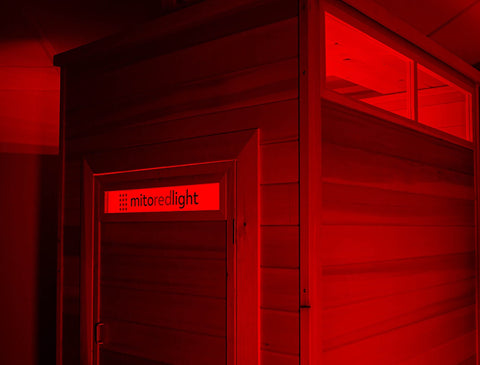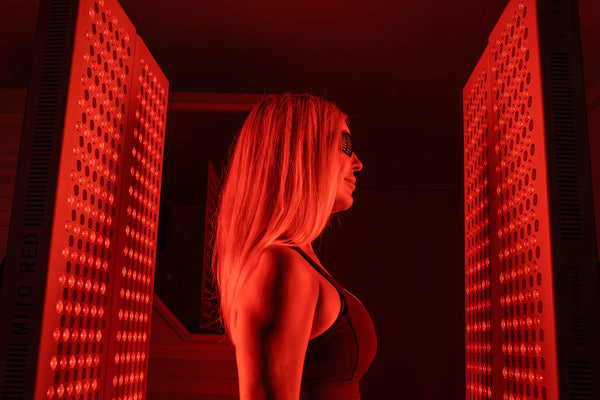This study assesses successively the changes in gross movement by hospital treatment with intensive functional training for 1-2 months according to the objective assessment criteria, the gross motor function measure (GMFM), which is commonly accepted as the global standard. Intensive functional training was carried out on its own in institutions other than the principal author’s, or together with low reactive-level IR diode laser therapy (LLLT) in the Shinano Handicapped Children’s Hospital, and the efficacy of the two approaches was compared. The severity of the disease was classified according to the gross motor function classification system (GMFCS). When the development of motor function was compared separately by disease severity with the cross-sectional motor growth curve, in the cases of the GMFCS level III a significant improvement was observed in patients of up to around age 8 . A significant improvement was observed inpatients of up to around 8 years old, especially up to 3 years old, when compared with the cross-sectional motor growth curve even when the GMFCS level was IV. When compared with patients at other rehabilitation and training sites, where only functional training therapy was applied without LLLT, the efficacy of intensive functional training was clearly enhanced in combination with LLLT.
FREE Shipping in the Contiguous U.S. - 2% of ALL September sales donated to various Pediatric Cancer foundations.
MitoADAPT 2.0 Series

Only available from Mito Red, Patent-pending series with dual chip multi-wavelength design provides an incredible ELEVEN different possible modes.
MitoPRO+ Series

Brand New 2024! Touchscreen control panel, built in clock and alarm function, Mito Red mobile app compatible with enhanced modes available and 590nm added!
MitoPRO X Series

Brand New 2024! Touchscreen control panel, built in clock and alarm function, Mito Red mobile app compatible with enhanced modes available and 590nm added!
Mito Mobile

Six red LEDs and six NIR LEDs for simple red light therapy on the go!
Mito Mobile Flex

Twelve dual chip LEDs - all LEDs can be Red or NIR to maximize FLEXibility.
Mito Mobile Super

Introducing the new Mito Mobile Super! The most advanced and versatile mobile red light therapy device ever created! PLEASE NOTE: The...
Mito Red Advanced Red Light Therapy Belt

Highest density LEDs of any belt available anywhere.
MitoQUAD™ Wavelength Belt

With the addition of 810nm, and 67% NIR LEDs, the Quad is designed for maximum penetration and spectral coverage.
Mito Red Light Full Body Mat

At a sleek 7 pounds, the Mat is an unbeatable way to get full body red light therapy on the go.
Mito Red Light Therapy - MitoPOD™

Introducing the revolutionary Mito Red Light MitoPOD™ - your unparalleled solution for unmatched convenience in full-body red light therapy
Mito Red Light Laser/LED Helmet (Hair)

Introducing the Mito Red Light Therapy Helmet! The Mito Red Light Therapy Helmet is a powerful and effective tool for hair regrowth and preventing unwanted...
Mito Red Light Pro Laser Helmet (Hair)

Introducing the Mito Red Light Therapy Professional Laser Helmet. Modern, comfortable, and easy to use. The helmet provides excellent coverage of the scalp with an amazing 162...
MitoMIND Red Light Therapy Helmet (Brain)

MitoMIND™ Introducing the MitoMIND™ Helmet - a cutting-edge innovation for enhanced brain performance and overall well-being. The MitoMIND™ gives you transcranial photobiomodulation therapy with an...
MitoPETS Pad

Introducing our Mito Red Pets Pad, designed to provide your furry companions with advanced care and comfort. Crafted with the...
Mito Red Light Lamp (Bedside / Desk)

Introducing the Mito Red Light No Blue Light Sleep Lamp (Red 633nm): The Mito Red No Blue Light Sleep Lamp...
MitoHYDRO™ Ultra Premium Hydrogen Water Bottle

What's better than a refreshing glass of clean water right after your red light therapy session? Why not pump up the volume with some antioxidant rich Hydrogen Water?
Mito Red Light Cabin

The Mito Red Light Room creates a fully private and immersive red light therapy experience.
Mito Red Commercial Premiere

Experience the power of the Mito Red Commercial Premiere, designed with business in mind. Now available through our exclusive Commercial Red...
Mito Red Light MitoRECHARGE™ Bed

The impeccably designed Mito Red Light MitoRECHARGE™ Bed provides a commercial red light therapy solution at incredible value.

